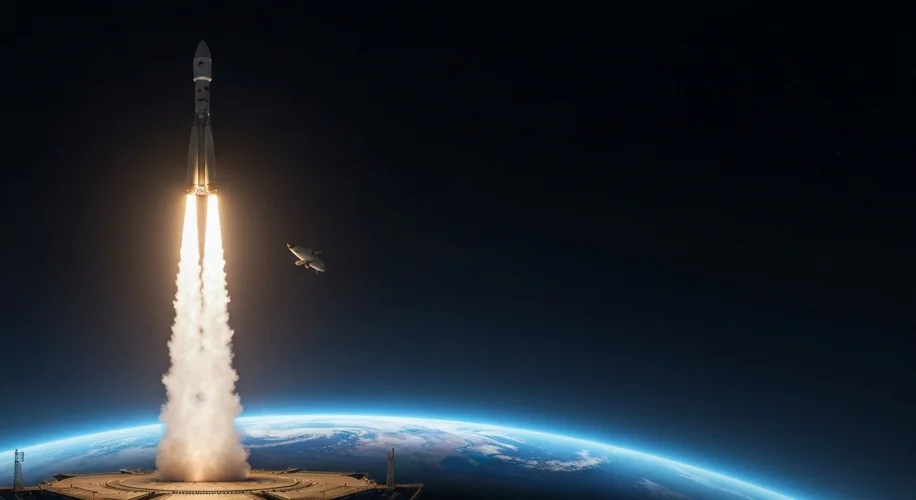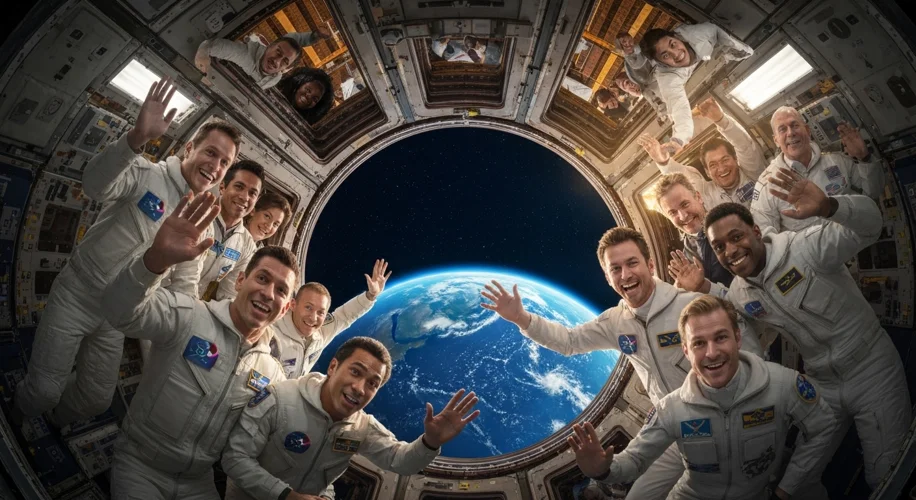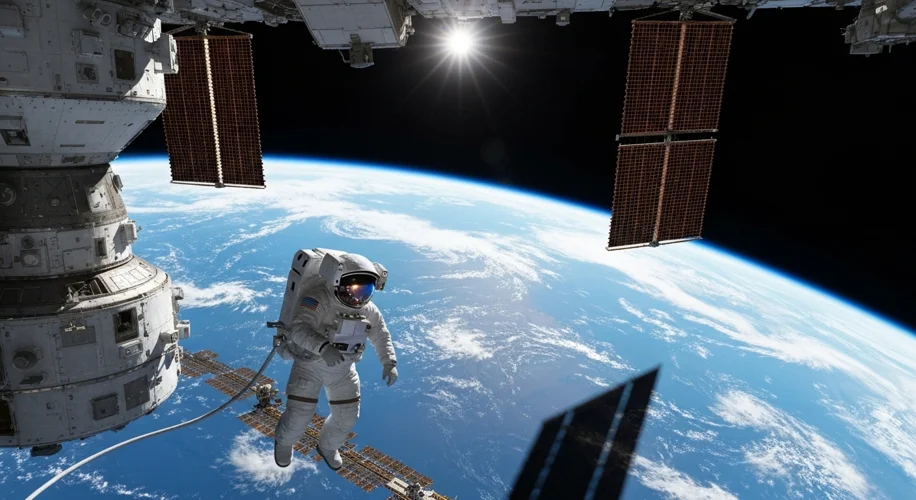On this day, September 13, 2025, humanity reaches a remarkable milestone in its ongoing quest for the stars: the 300th launch dedicated to the International Space Station (ISS). This single number, 300, speaks volumes about sustained human presence in orbit, a testament to international collaboration and an unwavering commitment to scientific discovery.
Imagine the sheer audacity of it all. For over two decades, a colossal, purpose-built habitat has been hurtling around our planet at a staggering 17,500 miles per hour. This orbiting laboratory, the ISS, is not merely a feat of engineering; it is a symbol of what can be achieved when nations set aside differences and unite under a common, ambitious goal.
Each of these 300 launches represents a vital lifeline. They are the chariots carrying precious cargo – food, water, fuel, and scientific equipment – essential for the survival and continued operation of this orbital outpost. More than that, they ferry the astronauts, the brave men and women who live and work in this unforgiving environment, conducting groundbreaking research that benefits us all here on Earth. From understanding the effects of microgravity on the human body to developing new materials and technologies, the ISS has been a crucible of innovation.

The journey to the 300th launch is a narrative woven from countless individual efforts. It began with the initial assembly phase in the late 1990s, a complex dance of module launches and intricate spacewalks. We remember the early days, the tentative beginnings, the sheer ambition that fueled the construction of a station larger than a football field, assembled piece by piece in the vacuum of space.
Think of the crews who have called the ISS home. Over the years, hundreds of astronauts and cosmonauts from over 15 countries have shared its confines. They have learned to live, work, and even sleep in conditions that would be unimaginable on Earth. Their shared experiences, their reliance on one another for survival, have forged bonds that transcend national borders. These are the human stories at the heart of space exploration – the camaraderie, the challenges, and the profound sense of purpose.
The variety of vehicles that have made these journeys is a story in itself. From the early Russian Soyuz and Progress craft to the US Space Shuttle, and later the SpaceX Dragon and Northrop Grumman Cygnus, each launch vehicle has played a crucial role. The evolution of these transport systems reflects the changing landscape of spaceflight, highlighting both the enduring partnerships and the emergence of new players in the space arena.

But this milestone is not without its historical context. The ISS emerged from the ashes of the Cold War, a powerful symbol of reconciliation and a new era of cooperation. It was a bold statement that humanity could look beyond geopolitical rivalries to pursue a shared future in space. This cooperative spirit, however, has not always been smooth sailing. The project has faced its share of political challenges, funding hurdles, and technical setbacks.
Yet, through it all, the ISS has persevered. The 300th launch is a powerful reminder of the enduring value of international collaboration. It demonstrates that shared scientific endeavors can foster understanding and build bridges between cultures. The knowledge gained, the technological advancements, and the inspiration ignited by this orbiting laboratory have far-reaching implications for the future of humanity.
As we celebrate this 300th launch, we look forward to many more. The ISS continues to be a vital platform for research, pushing the boundaries of human knowledge and capability. It is a beacon of hope, a testament to our innate drive to explore, and a powerful symbol of what we can achieve when we reach for the stars, together.


